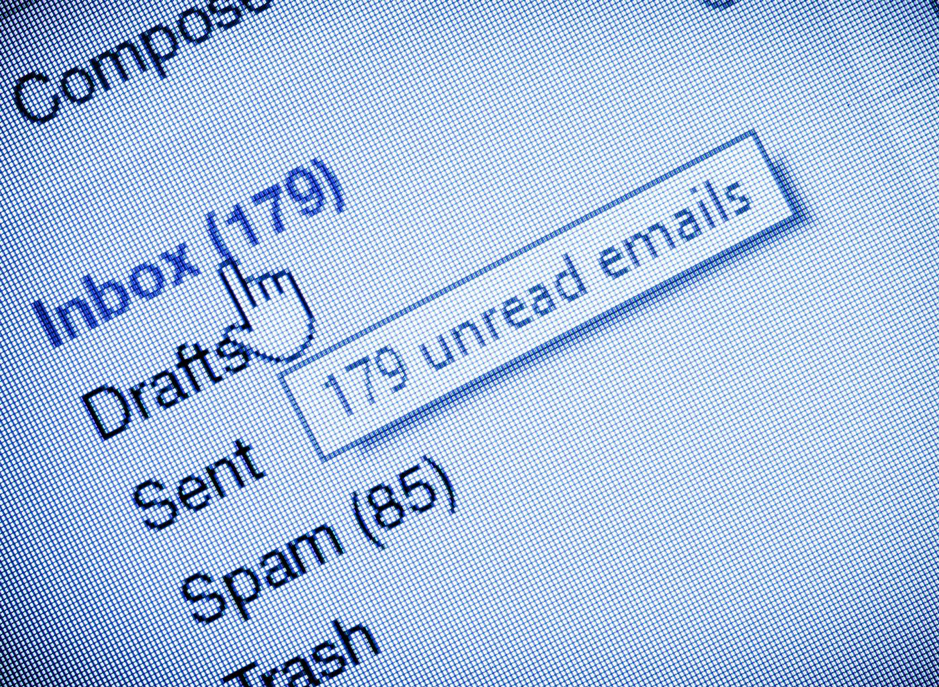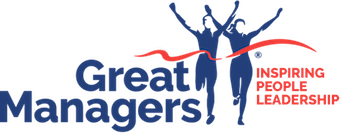7 Productivity Tips (Backed by Stats) That Guarantee Results
Every leader looks for ways to increase employee productivity. The workplace productivity stats show that productive employees get better results. Here are seven productivity tips that help you create high-performing teams.
Disengaged employees don’t produce results. The stats have proven this many times over.
According to a Gallup poll, high employee engagement results in a 21% increase in productivity.
The UNC Kenan-Flagler Business School points out that high engagement levels lead to increased revenue. Their study tracked the three-year revenue growth of several organisations. They found that revenue increases doubled in organisations with engaged employees.
But knowing these workplace productivity stats isn’t enough. You also need to understand HOW to increase employee productivity.
Here are 7 tips that guarantee results for your organisation.
Productivity Tips that Guarantee Results #1 – Cut the Motivation Killers
A lack of motivation is the key reason why employees feel disengaged. Often, it’s the workplace culture that has the biggest effect on motivation.
Several factors go into dampening motivation and destroying high-performing teams. For example, a toxic culture in the workplace encourages negative behaviours. Arrogance, lateness, and an inability to listen show employees that others don’t care about their opinions.
If others don’t care, why should they feel motivated to produce results?
Other motivation killers include the organisation not having a clear vision. If people don’t know where they’re going, their work becomes unfocused. With no clear path to follow, they become frustrated and their motivation dips.
Furthermore, an organisation with no employee development methods will struggle to motivate employees. People feel like their careers stall because they have no opportunities. As a result, they settle into less productive routines.
Your goal is to get rid of these motivation killers.
Establish rules and guidelines that create positive workplace behaviours. Have a vision and make sure that all employees understand the roles they play in helping the organisation reach its goals. Finally, provide opportunities for employees to grow.
These actions all give employees something to fight for. They’re motivated again, which means they produce much better results.
Productivity Tips that Guarantee Results #2 – Play to Employee Strengths
Every employee has strengths and weaknesses. It’s how you play to them that determines how well that employee performs.
Imagine that you have an employee with an analytical mind. They’re comfortable dealing with spreadsheets and data, but struggle when asked to speak to clients.
Putting that employee in regular sales meetings won’t produce results. You’re not playing to their strengths. This means the organisation’s workflow slows down in several areas.
The workplace productivity stats from Gallup prove this too. Their poll shows that employees become 8% more productive when working on tasks that play to their strengths. They’re also more engaged, which improves motivation and leads to greater productivity.
Now, this isn’t to say that you shouldn’t help employees improve. But throwing somebody into the deep end doesn’t produce results.
Instead, get the most out of your employee’s strengths. Furthermore, create training programs to help them shore up their weaknesses.

Productivity Tips that Guarantee Results #3 – Set Realistic Expectations
An overworked employee is an unproductive employee.
Piling too much work onto one person’s shoulders has a demotivating effect. That employee won’t be able to see a light at the end of the tunnel. Every task they complete bleeds into a new task. This means they will never have time to enjoy their accomplishments.
Furthermore, overworking employees causes them to lose focus. They have so much to do that they don’t know what to do first. Eventually, this leads them to losing sight of an important task. This often causes disruptions to workflow elsewhere in the organisation.
Finally, there’s the stress issue. Too much work increases the stress that you place your employees under. You have set unrealistic demands that they feel like they have to meet to keep their jobs.
Stress leads to bad sleep and unfocused minds, both of which affect productivity. Sustained stress can even lead to the employee having to take time away from work.
Again, the workplace productivity stats prove this. A Tower Watson poll found that over half of respondents become less productive when stressed. A Cornerstone survey backed this up with more workplace productivity stats. It found that too much work decreases productivity by over two-thirds.
The solution lies in how you assign work to employees. Manage your expectations, rather than running your employees into the ground.
Having tasks left over isn’t always a sign of poor productivity. Instead, it may mean that you need to hire new people to help your team carry the workload.
Productivity Tips that Guarantee Results #4 – Set Individual Goals
Having a defined organisational vision is only the first step. Your employees also need their own goals if they’re going to get results.
The goals you choose depend on the individual. Avoid setting a single goal that you try to apply to every employee. Instead, take some time to learn about each individual.
What drives them beyond monetary compensation?
Where do they see themselves going in their careers?
Most importantly, what can you do to help them get there?
Supplement the goals you set with rewards relevant to the employee. In some cases, this can be as simple as a pay raise. Other rewards can include promotions, new responsibilities, or public recognition.
The key is that you give employees something to strive towards. This improves motivation levels and focus. Both have a direct effect on productivity.
Productivity Tips that Guarantee Results #5 – Eliminate Office Distractions
High-performing teams don’t allow distractions to side-track them. But they need a helping hand from you to create a distraction-free workplace.
Distractions come in so many different forms. For example, you cause a distraction every time you interrupt an employee. They have to look up from their work to talk to you. Toxic individuals cause distractions too, as does noise and clutter.
Each of these issues affects your employees. Getting rid of them leads to higher productivity.
Organising the workplace is a good start. Make sure that valuable documents have their places. Create a “clean desk” policy. This ensures everybody can find important documents when needed.
After that, look inwards. Do you have a habit of interrupting employees while they’re working? If so, you’re the distraction. You interrupt their focus, which slows down whatever task they’re working on.
Pay attention to employee body language. This allows you to pick your moments for conversations. Waiting for 30 minutes often allows the employee to complete their task. This also makes them more ready to take on whatever you have in store for them.

Productivity Tips that Guarantee Results #6 – Regulate Emails
Email is a valuable part of the modern workplace. It allows for quick messaging and creates a paper trail for important tasks. Moreover, it saves time that employees would have spent walking between different departments.
When used properly, it’s one of the ways to increase employee productivity.
However, it also causes huge productivity issues if left unmanaged.
Recent workplace productivity stats from Attentive prove this. They found that the average employee spends about 13 hours of each working week on email. About 13% of those emails are unnecessary or spam. That’s almost an hour and three-quarters of wasted activity per week.
It’s likely that a lot of other emails aren’t exactly business-critical either.
Of course, you can’t and shouldn’t get rid of emails entirely. But there are some steps you can take to make the system more efficient. These include:
- Installing high-quality spam filters
- Asking employees to dedicate a set amount of time to emails each day
- Coaching employees on how to send focused and clear emails
Think of it like this. The less time your employees spend on email, the more time they can dedicate to the tasks they have to complete.
Productivity Tips that Guarantee Results #7 – Encourage Open Communication
An unheard employee is an unproductive employee.
That’s according to a Salesforce survey of organisational leaders. It found that over 85% of respondents believe that poor communication lies at the heart of low productivity.
Look at communication from two angles:
- How you communicate with your employees
- How your employees communicate with each other
The first one is the easiest to deal with because you have direct control over it.
Make sure that you listen to what your employees have to say. They often have insight that you don’t because they’re the people working on the front line. Take note of their recommendations, both in terms of the project and what you can do to help them.
Moreover, schedule regular one-to-one meetings with employees. This gives you a chance to talk about their goals and track their progress. Open communication helps you analyse employee performance. It also helps you pick out the problems that lead to low productivity.
Of course, members of high-performing teams communicate effectively with each other too. You’re looking to foster connections that make employees feel more confident in sharing ideas.
Start off with team meetings. Make room in the agenda for open forum where employees can share ideas and express concerns. You’ll often find that the discussion that arises from these sessions solves problems. Without this communication, these issues may go unidentified for weeks.
Secondly, understand the importance of personal bonds in the workplace.
If team members don’t connect on a personal level, they can’t perform to their highest at the professional level. Hire for cultural fit and hold team building activities to reinforce these bonds. These could be as complex as team development getaways or as simple as organising a drink down the pub after work.
The Final Word
Productivity improves when your employees engage with the organisation. The above are all ways to improve employee productivity. These are the key takeaways:
- Get rid of anything that saps morale in the workplace
- Work to each employee’s strengths and set realistic expectations
- Ensure each employee knows where they fit into the organisation
- Set personal professional goals for each individual
- Eliminate distractions from the workplace
- Encourage open and transparent communication
Remember, a great manager can DOUBLE the capacity of their people.
Register for our next webinar to learn more how you can improve your workplace productivity stats.








